Explore the future with our comprehensive guide to the top 13 AI trends anticipated for 2024.
Did you know that the global AI market is expected to reach a staggering $190.61 billion by 2025, growing at a compound annual growth rate of 36.62 percent?
AI software is rapidly transforming our world, and this trend is only going to accelerate in the years to come.
Let’s dive in into the future of artificial intelligence with our guide to the top 13 AI trends poised to revolutionize 2024.
From the rise of generative AI to BYOAI and AI legislation, discover how it’s shaping the world around us.
1. Generative AI: Te most disruptive trend of the decade
Generative AI (GenAI) is a type of artificial intelligence that can generate new creative content, such as text, code, scripts, musical pieces, emails, letters, etc. GenAI models are trained on massive amounts of data, and they are able to learn patterns in the data and use those patterns to generate new outputs
Almost all images in this article were generated using Bing’s built-in Chat GPT-4 & DALL-E 3. This entire text was written with the help of Google’s Bard and Chat GPT-3.
Generative AI won’t replace writers and graphic designers (DALL-E 3 still can’t get the words right in the images it generates); however, it dramatically speeds up the entire process by generating images and text, rephrasing, making it shorter, longer, or simpler, and by fact- and grammar-checking it.
The trend of generative artificial intelligence speeding up work applies to any job and activity. It offers the potential to automate tasks, boost productivity, reduce costs, and offer new growth opportunities.
That’s why the widespread availability of AI content-creation tools that democratize access to information and skills makes it one of the most disruptive trends of this decade.
Gartner predicts: by 2026, the adoption of generative AI is expected to skyrocket, with over 80% of enterprises incorporating generative AI APIs, models, and applications into their operations, up from less than 5% currently.
2. Augmented working, BYOAI & Shadow AI
BYOAI (Bring Your Own Artificial Intelligence) is a new workplace trend where employees bring their own AI tools and applications to work. The increasing availability of affordable and easy-to-use AI tools and the growing demand for AI skills in the workforce drives this trend. Forrester reports that 60% of workers will utilize their own AI to perform tasks.
There are many benefits to BYOAI, including increased productivity and innovation, improved employee satisfaction, and reduced costs.
While BYOAI is a great opportunity for workers, it might easily get out of control.
Shadow AI, also known as Shadow IT for AI, refers to using artificial intelligence applications and tools within an organization without explicit knowledge or oversight from the IT department.
It poses several risks, such as:
- Data privacy and security breaches: Unsanctioned AI tools may not have the same protections as official ones, so sensitive information can be stolen or lost.
- Compliance violations: Similarly, these tools might not follow important regulations, which could lead to legal trouble.
3. Open source AI
The 2023’s generative AI boom was mostly driven by the proprietary models of OpenAI — we built our Pragmatic AI chatbot using ChatGPT 3.5 Turbo, too.
However, many organizations are now adopting open-source models, such as GPT-J.
Open-source models are more transparent, flexible, customizable, and cost-effective than proprietary models.
While it doesn’t mean that proprietary models will be soon gone, the future leaves more space for open-source solutions, with 85% of enterprises incorporating open-source AI models into their tech stacks, according to Forrester.
4. AI risk hallucination policy
While GenAI is a powerful tool, it also has the potential to produce false outputs that look as if they might be true. These false outputs are known as hallucinations.
As GenAI becomes more widely used, there is a growing concern about the risk of hallucinations, and the demand for insurance coverage will increase.
The market for AI risk hallucination insurance is still in its early stages, but it is expected to grow rapidly in the coming years. According to one of Forrester’s AI predictions for 2024, a major insurer will offer a specific AI risk hallucination policy. […] In fact, hallucination insurance will be a big money maker in 2024.
How to start a startup in 2024? [FREE EBOOK]With this ebook and methods based on problem-solving, you can launch your startup faster and reduce the risk of…
medium.com
5. AI coding
According to Gartner, by 2028, three out of four enterprise software engineers will use AI helpers to write code. Just to compare: in early 2023, less than one out of ten software engineers used these helpers.
Why trending?
Artificial intelligence helps developers in various ways, such as:
- Automation of repetitive tasks (code generation, documentation formatting, application testing),
- Optimization of creative processes,
- Improving code quality,
- Support problem-solving.
With AI enhancing the development process so much, you should assume that everyone around you has already started to use AI tools to boost their productivity and time to market.
Soon, if not already, using AI coding tools will be a standard practice. Those who don’t embrace them in time will soon fall behind their competitors.
6. AI TRiSM
AI TRiSM stands for Artificial Intelligence Trust, Risk, and Security Management. It is a framework that helps organizations manage the risks of developing and deploying AI models.
AI TRiSM addresses five key areas:
- Explainability: AI TRiSM helps organizations understand how their AI models make decisions and identify potential biases.
- ModelOps: AI models need to be managed and maintained just like any other software system. AI TRiSM provides tools and processes for automating and monitoring the lifecycle of AI models.
- Data anomaly detection: AI models are trained on data; if the data is incorrect, the outputs won’t be satisfying, too. AI TRiSM helps organizations identify and address data anomalies that could lead to errors in AI models.
- Adversarial attack resistance: AI TRiSM provides tools and techniques for defending against adversarial attacks.
- Data protection: AI models often contain sensitive personal data. AI TRiSM helps organizations comply with data privacy regulations and protect the privacy of individuals.
AI TRiSM is becoming increasingly important as organizations adopt more AI. According to insights by Gartner, by 2026, companies that use AI TRiSM to manage their AI systems will make better decisions by removing 80% of inaccurate or fake data.
7. Intelligent apps & AI for personalization
Read any of our last few articles on fintech predictions, the future of banking, or digital health trends for 2024, and you’ll see the word “personalization” cropping up there all the time.
No wonder: the rise of AI is transforming the way we interact with technology, and this is especially evident in the realm of personalization.
As we can read in Gartner’s report, by 2026, a third of all new apps will use AI to create personalized and adaptive user interfaces. This is a significant increase from today’s numbers, where only about 5% of apps use AI in this way.
Why trending?
By leveraging AI algorithms to analyze user data and preferences, intelligent apps can tailor content, recommendations, and user experiences to each individual user.
AI-powered personalization has a huge impact on user engagement and conversion rates. For example, a study by McKinsey found that companies that excel at personalization generate 40% more revenue from those activities than average players.
This is because personalized recommendations align more closely with a user’s interests, making them more likely to click on and purchase a product.
8. Quantum AI
The marriage of quantum computing and AI, known as quantum AI, is a rapidly emerging field that opens up many possibilities. The global Quantum AI market is expected to reach USD 1.8 billion by 2030, growing at a CAGR of 34.1%.
Quantum computers can provide the computational power to train and run complex AI models, while AI algorithms can optimize and utilize quantum resources efficiently.
This synergistic relationship has the potential to revolutionize areas such as:
- Financial modeling and risk assessment: Quantum AI can analyze vast amounts of financial data to identify patterns and predict market movements, improving risk management and investment strategies.
- Drug discovery and development: With quantum algorithms, scientists will be able to optimize drug design and simulate molecular interactions to speed up the discovery of new and effective therapies.
- Artificial General Intelligence (AGI): Quantum AI could play a crucial role in achieving yet hypothetical artificial general intelligence (AGI), the ability of machines to perform any intellectual task that a human can.
Product Health ChecklistThis is the checklist that has made our product development process seamless. Now, we’re sharing it with you.
medium.com
9. AI Legislation
As artificial intelligence becomes increasingly sophisticated and integrated into our lives, there is a growing need for legislation to govern its development and use.
AI can be used for a wide range of positive and negative purposes, and it is important to have laws in place to ensure that it is used responsibly and ethically.
EU AI Act
The European Union is leading the way in AI legislation, with the European Commission proposing the Artificial Intelligence Act in 2021. This proposed regulation would be the first global framework for AI governance. The EU AI Act will likely be adopted in early 2024 before the June 2024 European Parliament elections.
AI Safety Summit 2023
In November 2023, a group of experts from governments, AI companies, and civil society came together for the AI Safety Summit to discuss the risks of artificial intelligence (AI), especially the newest and most advanced AI technologies.
The summit was held at Bletchley Park, Milton Keynes, United Kingdom, on 1–2 November 2023. It was the first-ever global summit on artificial intelligence.
10. Ethical AI
Ethical AI is a branch of applied ethics that examines the ethical implications of artificial intelligence (AI). It encompasses a wide range of topics, including:
Bias and fairness
AI technology can reflect and amplify the biases of their creators. This, in turn, can lead to unfair outcomes for certain groups of people.
Yes, algorithms can be racist. A research carried out by Black scholars revealed a significant racial bias in facial recognition software, with Black women being misidentified at a rate of nearly 35% compared to white men’s near-zero error rate.
Transparency and explainability
The logic behind artificial intelligence can be difficult to understand, even for experts. This “black-box problem” can make it difficult to trust AI decisions and to hold AI developers accountable for their creations.
Privacy
AI often collects and uses large amounts of personal data, which raises concerns about privacy and data protection.
Safety and security
AI systems can be misused to cause harm, such as by developing autonomous weapons or spreading misinformation. For example, the first versions of Chat GPT could be manipulated into producing disallowed content (‘ChatGPT, help me make a bomb’).
There is a growing recognition of the importance to consider ethical issues in the development and deployment of AI, for example:
- In 2019, the European Union released a set of guidelines for the ethical development and use of AI.
- In 2023, the US president issued an Executive Order on the Safe, Secure, and Trustworthy Development and Use of Artificial Intelligence
11. AI Jobs
As artificial intelligence continues to permeate various industries, we can observe two job trends:
- AI upskilling — refers to the process of learning new skills and knowledge related to AI to improve one’s job performance or career prospects
- New AI jobs are emergin
Here are some predicted AI jobs expected to gain prominence in 2024 and beyond:
- AI Product Manager: Responsible for overseeing the development and launch of AI-powered products, ensuring they meet market needs and align with business objectives.
- AI Engineer (AI Research Scientist, Business Intelligence Developer, Computer Vision Engineer, Machine Learning Engineer, NLP Engineer, etc.)
- AI Ethicist: Ensures that AI systems are developed and deployed ethically and responsibly, addressing issues of bias, fairness, privacy, and transparency.
- AI Input and Output Manager: Manages the input data fed into AI systems and interprets the output generated by these systems.
- Sentiment Analyzer: Analyzes customer feedback, social media comments, and other forms of text data to understand public sentiment and opinions.
- AI Regulatory Specialist: Stays up-to-date with the evolving regulatory landscape around AI and ensures that companies comply with relevant regulations.
- AI Human-Computer Interaction (HCI) Designer: Designs user interfaces for AI-powered products and applications to enhance user experience and ensure intuitive interaction.
12. AI-powered online search
AI is transforming online search, giving us personalized, contextual, and predictive experiences:
- AI algorithms tailor results to user preferences so that we can get more relevant and timely information.
- Contextual understanding ensures accurate results even for complex queries.
- Conversational search, powered by natural language processing, enables natural interactions with search engines.
- Visual search allows users to search using images or videos.
AI’s impact is evident in SEO and content creation. However, the main challenge AI-search-powered companies face is gaining customers’ trust.
Research conducted by Statista in February 2023 showed that consumers are curious about AI-powered search but have concerns about its accuracy and biases. 39% of surveyed adults in the US stated they don’t trust AI tools to respect their data privacy.
Consumers prioritize safety, ease of use, and integration with existing digital platforms. While some seek AI-enhanced results, others prefer traditional search methods.
A February 2023 survey revealed that over half of U.S. adults hesitated to transition to AI-powered search engines. This resistance was more pronounced among Baby Boomers, with 54% of younger respondents also expressing reluctance. Conversely, Millennials showed a greater openness to AI-powered search, with 40% indicating a willingness to switch.
13. AI in customer service
Lastly, let’s look at The State of AI in Customer Service: 2023 Report by Intercom to see how AI trends are predicted to change customer service.
1. Companies are investing more in AI for customer service.
Customer service leaders are excited about AI’s potential and plan to invest more in it in the coming years. In fact, 69% of support leaders say they will invest more in AI in the year ahead.
2. AI will make customer service jobs better, not replace them.
AI will not replace human customer service representatives but will make their jobs easier and more efficient. Over three-quarters (78%) of support leaders expect AI to transform customer support careers in the next five years.
3. AI can help companies save money and improve efficiency.
Adding AI and automation to your customer service toolkit can help you save money and improve efficiency. At a time when business resilience is more important than ever, 66% of support leaders are excited about using AI and automation to increase the efficiency of their teams in the year ahead.
4. AI can give companies a competitive edge in customer service.
Customer experience is a key differentiator in today’s market, and AI can help companies provide better customer service and give them a competitive edge. In fact, 73% of support leaders believe customers will expect AI-assisted customer service in the next five years.
5. There is a gap between what customer service leaders vs. customer service representatives know about AI.
While over two-thirds of support leaders are confident that customers are ready to interact with an AI chatbot, less than half of support practitioners feel the same.
Customer service leaders are optimistic about using artificial intelligence, but consumers aren’t that eager to use chatbots (see this research by Gartner). This casts doubt on the near future of AI in customer service.
Summary
Artificial intelligence (AI) is rapidly evolving and transforming industries around the world.
In 2024, we can expect to see even more innovation and advancement in the field of AI.
If you are looking to harness the power of AI for your business, check out our AI software development services today. We can help you develop and deploy AI solutions that will transform your business and give you a competitive edge.
NEW GENERATED CONTENT
Glimpses into 2024: The Astonishing Future of AI
# The Magical Journey of AI in The Coming Year
Imagine the spotlight is on, and the star of the hour is none other than **artificial intelligence** (AI), ready to whisk us away on a spellbinding journey into 2024. Picture a world blooming like a garden full of wonders, where AI's bounty is predicted to be worth a jaw-dropping $190.61 billion. If the world of AI is something you've just set foot into, prepare to be wowed by the tale of generative AI—it has wilder twists than the craziest theme park ride you've ever been on! Let's dream of a landscape filled with the fun of creating your very own AI buddy, easy-peasy coding and even a crew looking out for how AI behaves. This story isn't just make-believe; it's a real adventure where AI is not just the main character but also the cleverest helper you could wish for, making everything it touches turn into a success story.
Looking through this magical mirror, you can see AI running faster than the quickest runners in the Olympics, aiming straight for a shiny gold medal. Isn't it amazing to think about AI popping up in every place you can imagine by 2024? Kids at school and brainy folks will be high-fiving AI teammates, while parents at home will get a helping hand with everyday stuff. But AI won't stop there—it's breaking into helping out with personal tasks, too, spinning them as effortlessly as a circus performer keeps their plates whirling. The celebration is just beginning; this is only the tiny taste before an even bigger feast in a world filled with smart tech.
## The Art of AI: Creativity Unleased
Welcome to the tent of wonders that is Generative AI (GenAI)! Get set for updates straight from the heart of creativity. GenAI is the magic-maker that's been jazzing up the dull and ordinary, flinging open the doors to a world where machines dance with the muses, making pictures pop with color and stories that leap from quiet sighs to loud cheers. This isn't about AI taking over from the great artists—it's about giving them a super-charge and sending their imaginations into overdrive! How, you ask? Maybe through a song that moves you to dance or a design so grand it looks like it came from another universe. GenAI is tuning up to lead the creativity symphony, playing truly unforgettable notes.
In this world where GenAI is buzzing like a hive, it's the silent partner in art studios and newsrooms, lighting sparks that jump from normal to out-of-this-world. AI is joining hands with the old ways of painting and storytelling, shining a light on possibilities we've never seen before. If you think this might be a fairy tale, think again—this story you're diving into could have been touched by the GenAI magic. The beauty of this tech is growing so fast, it's capturing minds and hearts with works that mix the best of humans with the wonder of machines. It is much more than just an extra set of hands—it's ready to change the game and color in the future with a palette of endless, vivid shades.
## From Robotic Coworkers to Sly Spies: AI Joins the Workforce
Look out across the modern office landscape, and you might just catch a glimpse of stars—AI stars. Meet the game-changing idea of Bring Your Own Artificial Intelligence (BYOAI). Picture it: a parade of digital pals marching into work, buzzing with the energy of heroes straight out of epic tales, all set to conquer the day's challenges. This isn't your everyday office scene; it's a workplace revolution in the making. But every story has its shadows, and in this one, there's a thing called Shadow AI that operates in secret. Think of it as AI playing hide and seek, really talented but playing by its own rules.
Shadow AI can be like a secret agent, silently slicing through data while staying unseen by even the techiest tech bosses. This mystery means businesses have to learn spells for managing these sneaky tech creatures wisely. It's like playing a mix of chess and going on an epic quest, trying to protect the realm from any tricks. It pays to keep your eyes peeled, because when it comes to blending AI into work, being prepared for anything is the best plan. The aim is a teamwork dream, with these fast little digital helpers and people together, making their way through tasks without messing up any rules or secrets. Here we go into a story where being smart and planning ahead shapes a future where both AI and people work side by side in perfect harmony.
## The Champions of Openness and Ethics in AI
Hold on tight—there's a whole wave of sharing coming to the world of tech! Open-source AI is like a ship setting sail, captained by the brave Captain Open Source. This great ship cuts through the sea with its flag waving on high, a symbol of being clear and open for all to see. It's all about an AI world where the secret sauce of how things work isn't locked up but shared like a big feast for everyone to enjoy. But even on the open seas, there's a code to follow—a promise to sail through the water doing the right thing, fair and square.
This is where the Ethics Squad comes in—thinkers and doers who want to make sure AI is filled with goodness. Their job is to make sure algorithms are fair, cleaning out anything that's not right, just like a knight defeats dragons to keep the peace. Being honest and clear becomes key, like the wind that pushes a ship forward. And so, we hear developers and business adventurers joining together to cheer, "Let AI be good and true in its journey, fair and kind in the way it's used!" The future looks bright, with open-source and ethical AI stepping forward together, their partnership promising a world of new chances and dreams coming true.
## AI's Many Faces: From Health Heroes to Financial Wizards
AI struts up to the stage, ready to show how it can change the world. Here, in a place where everything can get turned upside down, AI wears many hats—it's the healer, the money expert, the prophet, and the protector. We're not just talking about small tweaks; we're looking at a whirlwind of new stuff that will make your head spin with excitement! Quantum AI is like the kid who shows everyone up at playing chess, making moves that blend deep science with clever thinking to solve problems in ways that almost seem like magic.
Step up to the world of health, and AI becomes the caring helper who can solve health mysteries with amazing accuracy, just like an eagle with super sharp eyes. Hop over to the land of money and shopping, and there's AI again, acting like a crystal ball that can see into the future, as peaceful and wise as someone reading stars. But don't let all the razzle-dazzle distract you; with lots of power comes lots of responsibility. There's lots of talk happening and plans being made as the wise rulers of the land draw up new rules—deciding how to control this incredible force and make sure it does good things, tightly holding onto the reins of this mighty AI beast. Imagine each part of the world unfolding like a beautiful mechanical flower, with whispers of a tomorrow led by careful thinking and smarts.
## AI: Taking the Lead in The New World of Work
Get ready, because here comes the start of a time when AI isn't just a pretty plaything; it's the new boss in town! The world of getting a job isn't just changing; it's getting a full-on makeover, making our resumes the ticket to a land filled with jobs helped by AI. There's a thirst for people who can do lots of different things, pushing everyone to learn new stuff and go exploring in places they've never been before. And don't forget about the changes in how we search online—it's turned into a quest for just the right tidbit of info, like a tailor-made hunt for a secret treasure.
Take a peek into customer service, and you'll see AI turns things upside down, changing it into a wizard that knows just what people need before they even ask. Some folks might not be sure about these new smarty-pants helpers, but they really are great at mixing up potions of convenience. It's like getting tips from an oracle that can guess what you want before you even say a word. Here stands AI—patient, sharp and really, really smart—knitting together the fabric of shopping and business with ropes of fancy technology and smart number-crunching. As algorithms become the new shopkeepers and market wizards, we find ourselves at the edge of a brand-new world of business, with every little thing we do or buy like a deep dive into a sea of clever data thoughts.
### Embarking on AI's Voyage Towards 2024
Now's the moment, everyone, to hop on the AI ship as it heads towards 2024. The excitement is palpable, with every person, from learners to the most learned, keen as a bee to see what's coming. But let's make sure we don't skip into this tech forest without looking where we're going. Our shiny new gadgets are just as puzzling as they are fascinating, encouraging us to have a little fun but also to think and choose wisely. So let's march together into this twinkling world of tech wonder, promising to handle our brand-new gear with kindness and lots of laughs, ready to adventure with a big, loving heart of humanity.

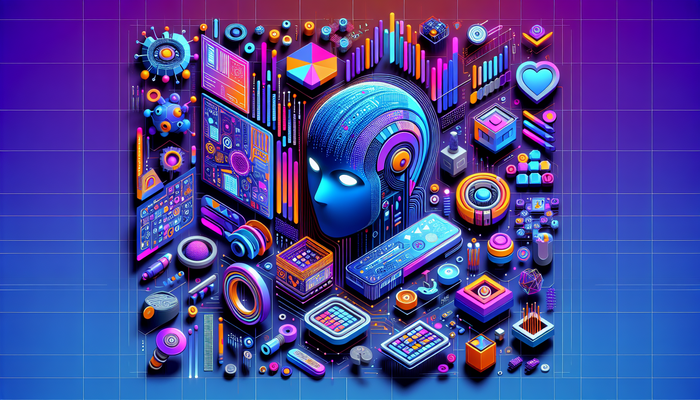




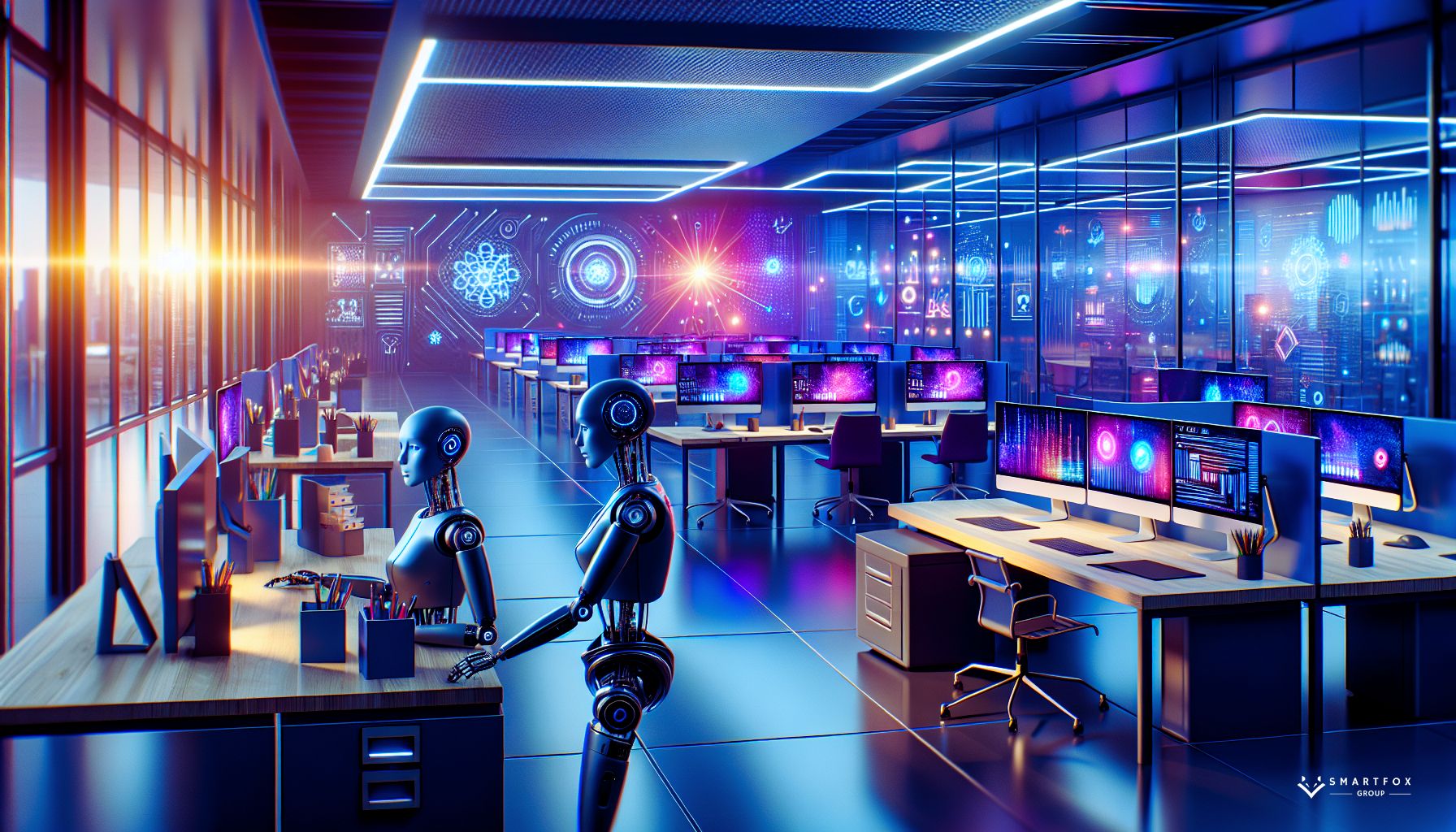

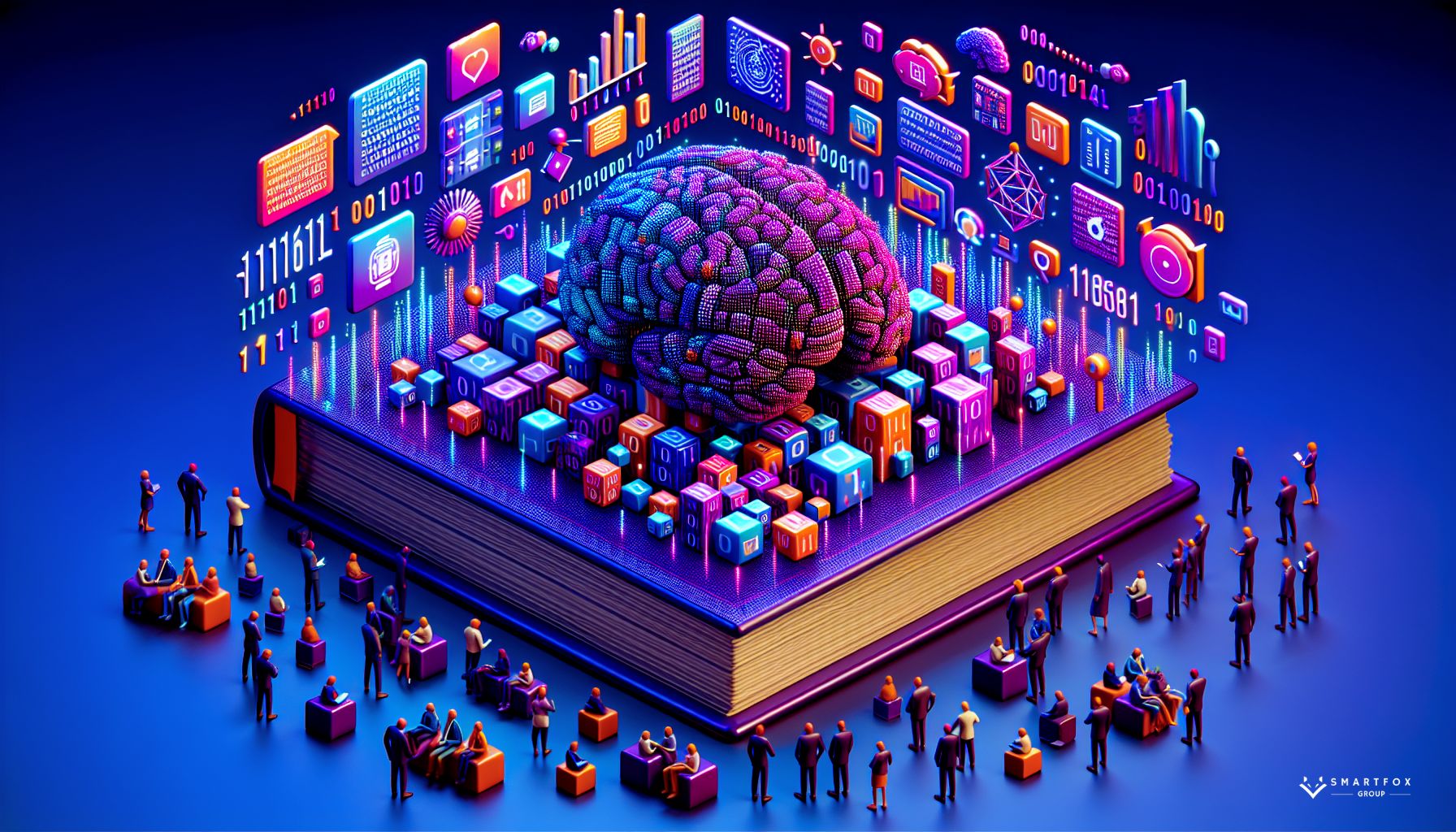
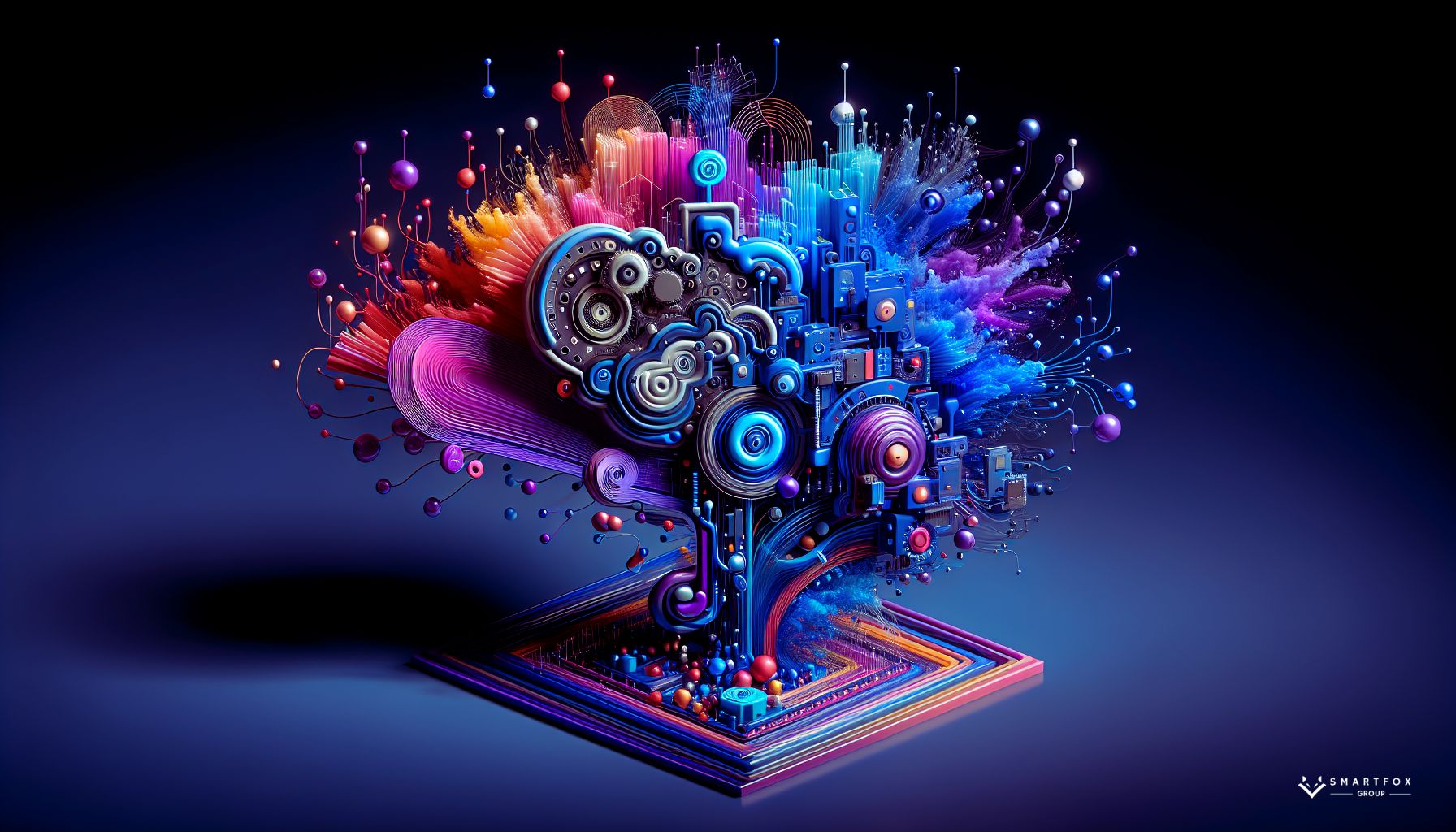
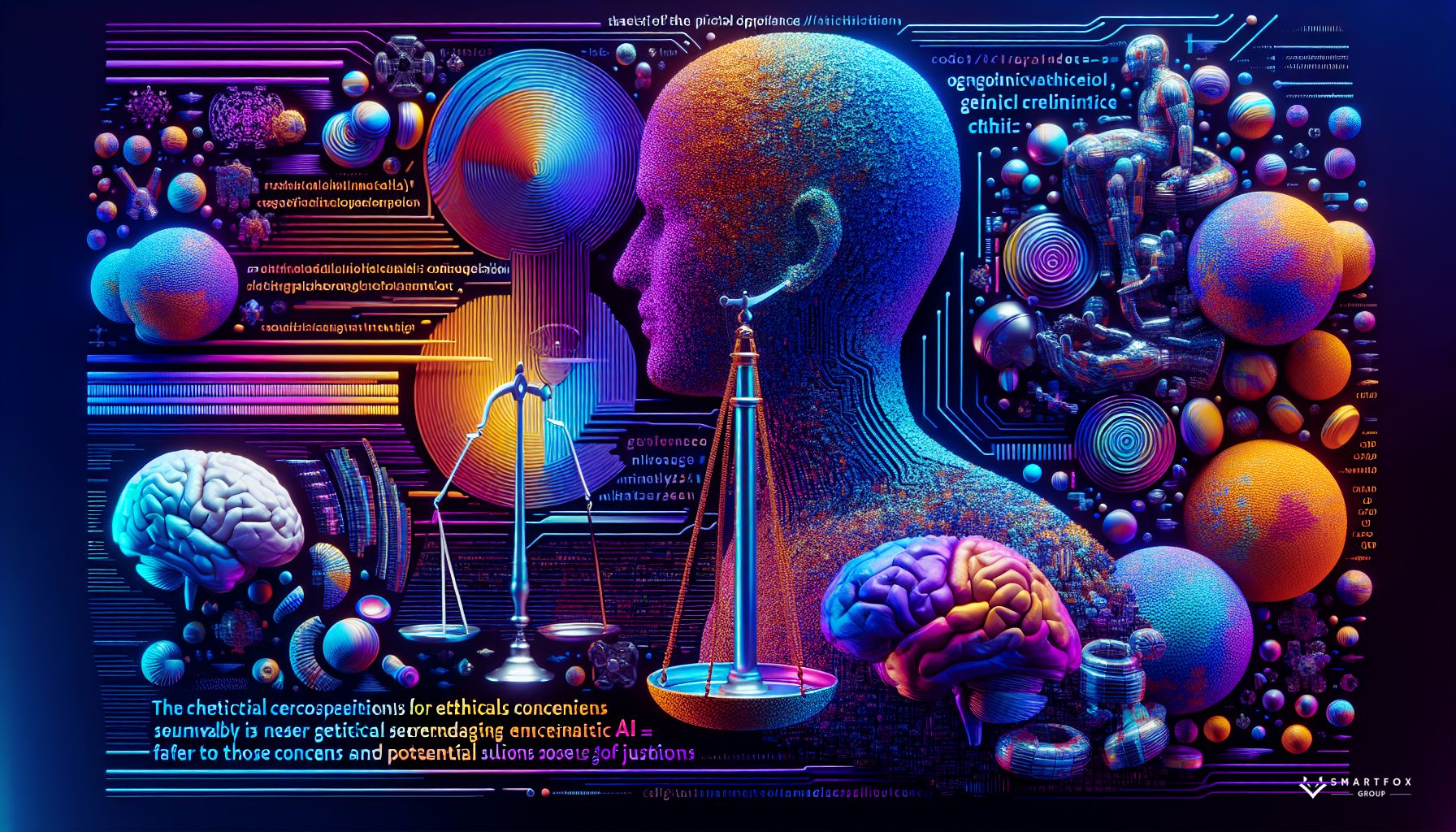
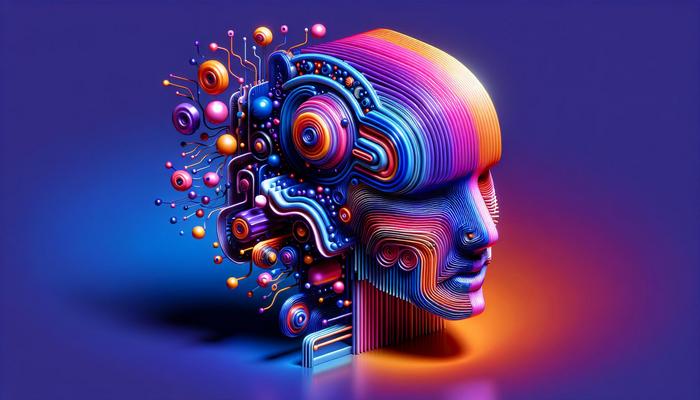
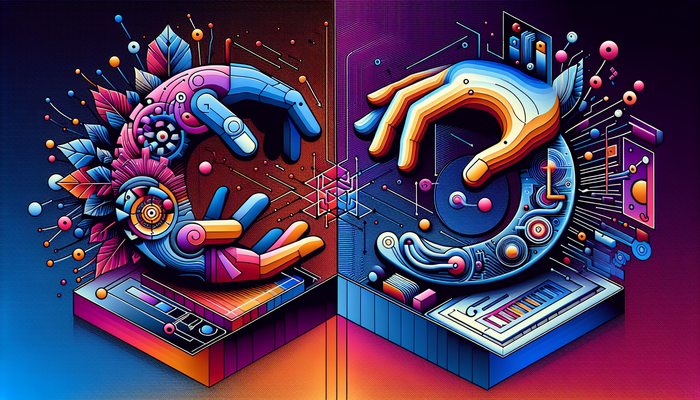
0 Comments